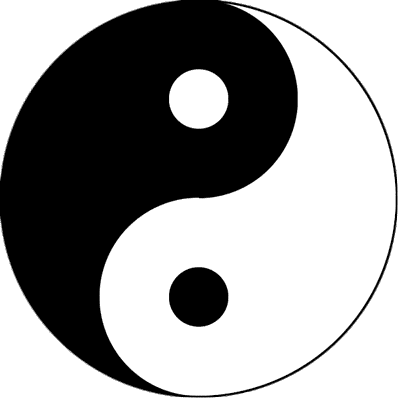Spring and the Vital Organs: A Deep Dive into Ancient Medical Wisdom
On the day of Li Chun (the beginning of Spring), the Yellow Emperor sat at ease, gazing out over the vast landscape, observing the directions of the eight winds. He turned to the Thunder God and inquired, “According to the principles of Yin and Yang and the theory of the meridian system, paired with the timing of the five vital organs, which organ do you believe to be the most precious?”
The Thunder God responded, “Spring is the beginning of the year, associated with the wood element, specifically the Jia and Yi wood, and is represented by the color green. Of the five organs, the liver is the most significant during this season, particularly in the first 72 days of Spring, when it reaches its peak. It is during this period that the liver meridian is in full command, making the liver the most valuable.”
The Yellow Emperor replied, “I understand your reasoning, but based on the analysis of Yin and Yang, as outlined in the ‘Shang and Xia Canon,’ the organ you consider the most valuable is, in fact, the one that is most vulnerable.”
The Thunder God, in deep thought, abstained from food for seven days and, on the morning of the eighth day, resumed his position beside the Yellow Emperor. The Yellow Emperor spoke again, saying, “The three Yang meridians represent the principal pathways, the two Yang meridians serve as the supporting channels, and the single Yang meridian connects the central pathways. Understanding these will reveal the flow of Qi through the five organs.”
He continued, “The three Yin meridians represent the surface, the two Yin meridians lie deeper, and the one Yin meridian is the ultimate form of Yin Qi, marking the transition from the Yang Qi. Just as the phases of the moon shift between waxing and waning, these principles follow the natural rhythm of Yin and Yang.”
The Thunder God admitted, “I am still struggling to grasp the full meaning.”
The Yellow Emperor elaborated, “The so-called ‘three Yang’ refers to the Sun Meridian, which reaches the hand Taiyin at the ‘cun’ position. If the pulse is taut and floating, it should be interpreted based on the usual patterns, with an emphasis on the balance of Yin and Yang. The ‘two Yang’ relates to the Yangming Meridian, whose pulse reaches the hand Taiyin and manifests as taut and sinking, with urgent beats that might signify imminent danger. The ‘one Yang’ corresponds to the Shaoyang Meridian, where the pulse is tense but suspended, indicative of a critical state.”
He continued to explain, “The three Yin refers to the Taiyin Lung Meridian, the ruler of all the six meridians, with Qi flowing to the Taiyin position. Its pulse is deep and subdued, and if it becomes too stagnant, the individual experiences mental emptiness. The two Yin represents the Shaoyin Meridian, while the one Yin corresponds to the Jueyin, the final station where Qi departs.”
The Yellow Emperor then explained how various pulse patterns signify the interplay between the organs and the cycles of Yin and Yang. For example, if two Yang meridians clash with one Yin, it causes an imbalance leading to stagnation in the body. Similarly, when three Yang and one Yin coalesce, the intense cold and water Qi overwhelm the liver, causing turmoil in the five organs.
The Thunder God, now deep in contemplation, reflected, “I understand much better now. However, what remains unclear is how the male and female aspects of Yin and Yang relate to this.”
The Yellow Emperor explained, “Three Yang is like a father figure—high, respected, and central. Two Yang are akin to the guardians or protectors, and one Yang functions as the connector. The three Yin are nurturing, like a mother, while two Yin remain internal and restrained, and one Yin acts as a messenger between the realms of Yin and Yang.”
They continued to discuss the profound implications of these teachings on health and disease. The Yellow Emperor stated, “When disease occurs in Winter and the pulse is strong, if the condition is not remedied by Spring, the imbalance of Yin and Yang can lead to death. In contrast, in Summer, a weakening of Yin can lead to fatal consequences if left untreated.”
In the end, the Yellow Emperor remained silent when asked by the Thunder God about the exact timing of death in sickness, hinting that such knowledge can be found in the sacred texts, leaving one to contemplate the intricate relationship between the natural world, the flow of Qi, and the life cycle.
